
A blog focusing on 1/64 diecast from such popular brands as Hot Wheels, Matchbox, Johnny Lightning, M2 Machines, GreenLight, Tomica, Yat Ming, Majorette, MotorMax, Siku, Corgi, Guisval, Playart, Ertl, Zylmex, Racing Champions, & many more. Swifty's Garage features a daily Car Of The Day and news updates from your favorite brands!
Monday, January 17, 2011
Car Of The Day: January 18, 2011
Today's car of the day is Matchbox's 1993 Ford Probe.
The Ford Probe was a coupe produced by Ford, introduced in 1989 to replace the Ford EXP as the company's sport compact car. The Probe was fully based on the Mazda G-platform using unique sheetmetal and interior. The instrument cluster and pop-up headlight mechanisms are borrowed from the FC RX-7. While it was sold worldwide as a sporty coupe, the Probe was intended to fill the market niche formerly occupied by the Capri in Europe, and although it was intended as the replacement to the Ford EXP, it was also considered a possible replacement for the Ford Mustang in the North American market as a direct competitor with the Acura Integra and the Toyota Celica. During that time, Ford's marketing team had deemed that a front-wheel drive platform (borrowed Mazda GD and GE platforms) would have lower costs for production, and also because the platform had been gaining popularity with the consumers. Mustang fans objected to the front-wheel drive configuration, Japanese engineering, and lack of a V8, so Ford began work on a new design for the Mustang instead. The decision to stop producing the vehicle was made in 1997 because the Probe was the worst-performing model of that year selling only 32,505 vehicles.
For more information and pictures of the real car please visit: Ford Probe
Contrary to the pictures, this car is actually purple. The dark blue, however, makes this car much more attractive than the purple color chosen by Tyco. Here's an example of everything that was wrong with Matchbox under Tyco ownership- a great choice of car (the only stock Probe in small scale), ruined by a lousy casting (look at the rear fascia!), horrible wheels, and gaudy tampos. It's amazing Matchbox survived the 1990s until Mattel bought them. And then things got worse (Hero City) before they got better. So for a very dark decade, Matchbox was far from a leader in the diecast market.
The second generation Ford Probe was first debuted in August 1992 as a 1993 model. The new version was "designed to appeal primarily to women" in the sporty coupe segment and "its design team was supervised by Ford's first female designer." It was assembled by AutoAlliance International in Flat Rock, Michigan. Two trim levels were initially offered, Base and GT, each with two preferred equipment packages that were offered by Ford, 046A and 047A for the base model, 050A and 051A for the GT model.
The SE or base model started at just over US$13,000 and came standard with a 2.0 L I4 engine, performance instrument cluster with tachometer and full gauge compliment, and electronic AM/FM stereo radio. The sportier GT model started at $15,504 and came standard with a 2.5 L V6 engine, low profile P225/50VR16 91V Goodyear VR50 Gatorback tires, 4-wheel disc brakes, unique front and rear fascias, fog lights, 5-spoke aluminum wheels, leather wrapped steering wheel, and driver seat power lumbar/seat back side bolster adjustment. By 1997, the GT with every option would total about $22,500. Both engines featured double overhead cam designs with the choice of a 5-speed manual transmission or a 4-speed automatic transmission.
Two automatic transmissions were available to the Ford Probe. At first both engines shared the same automatic transmission, the Ford F-4EAT transmission, but from 1994 onwards this changed. The V6 engine continued to use the 4EAT, but the 2.0 L I4 engine used a different automatic transmission, the Ford CD4E transmission. It was sourced by Ford, and manufactured at Ford's Batavia Transmission plant in Batavia, Ohio.
In 1994 there was a "Feature Model" Probe which included Wild Orchid exterior paint, unique floor mats that had "PROBE" embroidered into them, and black GT cloth bucket seats with unique purple inserts.
A new SE (Sports Edition) trim level also debut in 1994 which included the GT front fascia (without fog lamps), unique 15-inch (380 mm) aluminum wheels, P205/55R15 BSW and Sport Edition "SE" nomenclature.
The rear spoiler was made standard on the 1996 Probe GTs. Previously it was a very popular dealer installed accessory.
In 1997 (the Probe's final year of production) a GTS trim level was offered. It had no more performance than the regular GT, but exterior modifications were distinct. Dual racing stripes available in either white or black started at the top edge of the front bumper and continued on to the back lip of the hatch, terminating just below the center light reflector on the rear bumper. Chrome wheels and a spoiler were also included in the package, as well as having a "blank" center reflector which lacked "GT" lettering that was characteristic to the Australian and European models which were available in either 16V and 24V versus "GT","SE",or base model in North America.
In Japan, the 2.5 L V6 was the higher performance KL-ZE. In Europe and America, the 2.5 L V6 was a lower performance KL-DE (often incorrectly referred to as the KL-03) and the 2.0 L was the FS. The primary difference of the Japanese version is that it produced 36 hp (27 kW) more power though higher compression pistons, aggressive camshafts, intake manifold and head. It also lacked an emissions control component called Exhaust gas recirculation that is required by law in North America and Europe.
Subscribe to:
Post Comments (Atom)
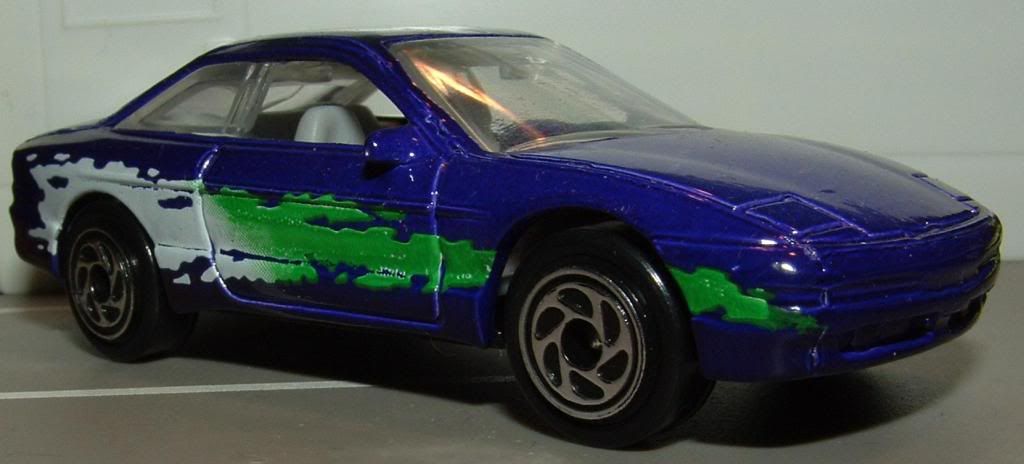
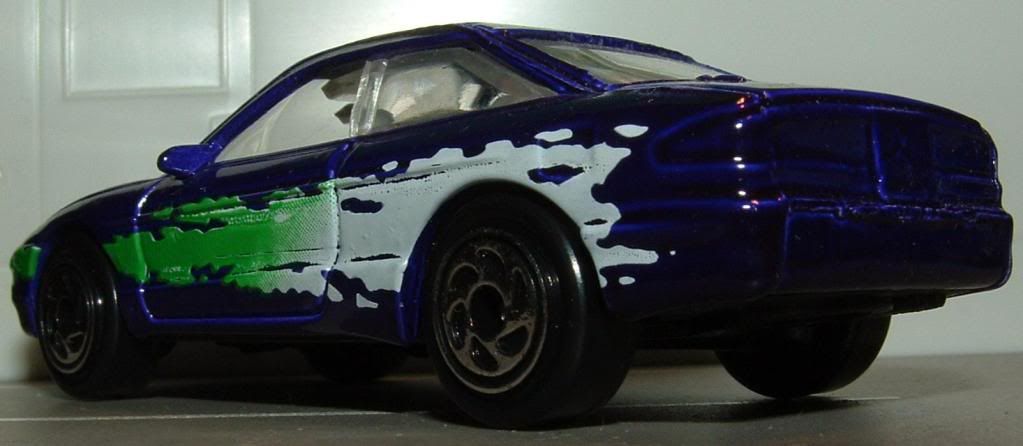
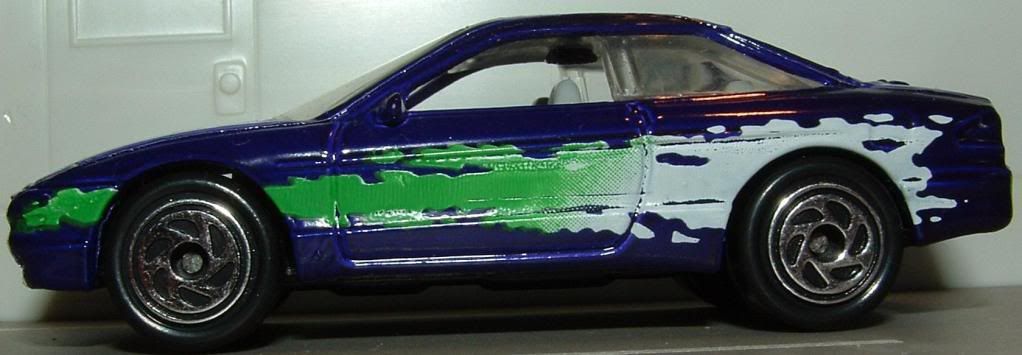
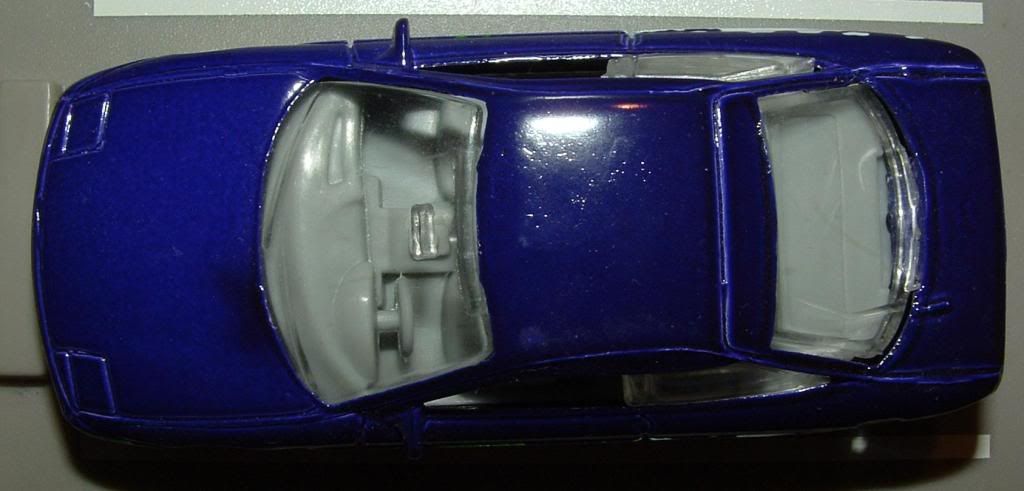
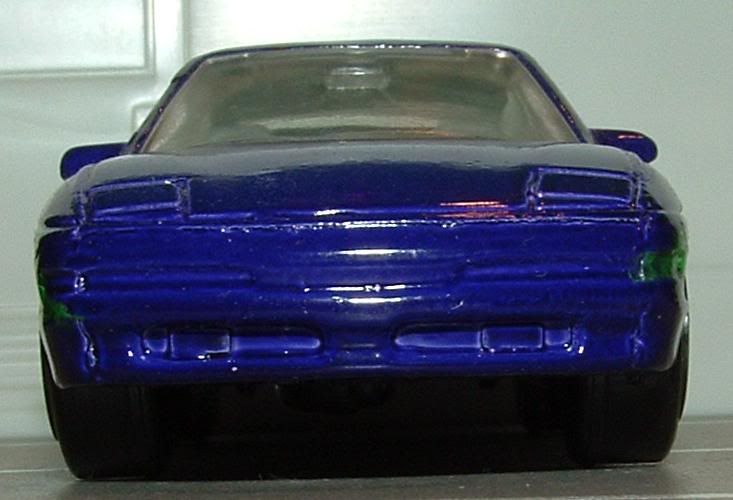
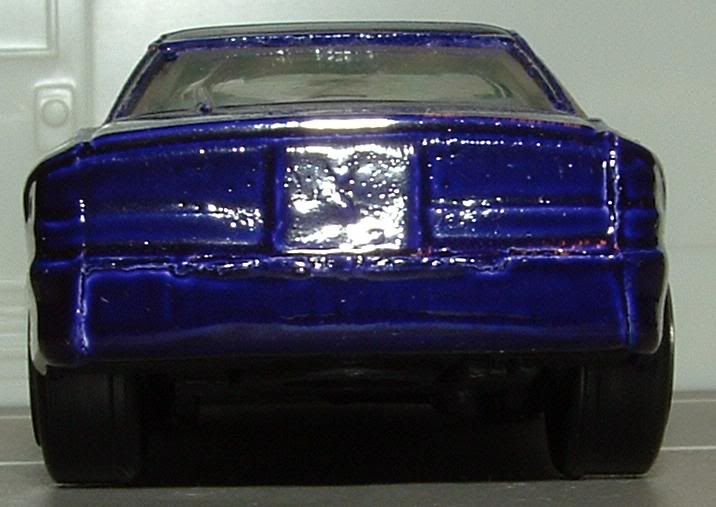
No comments:
Post a Comment